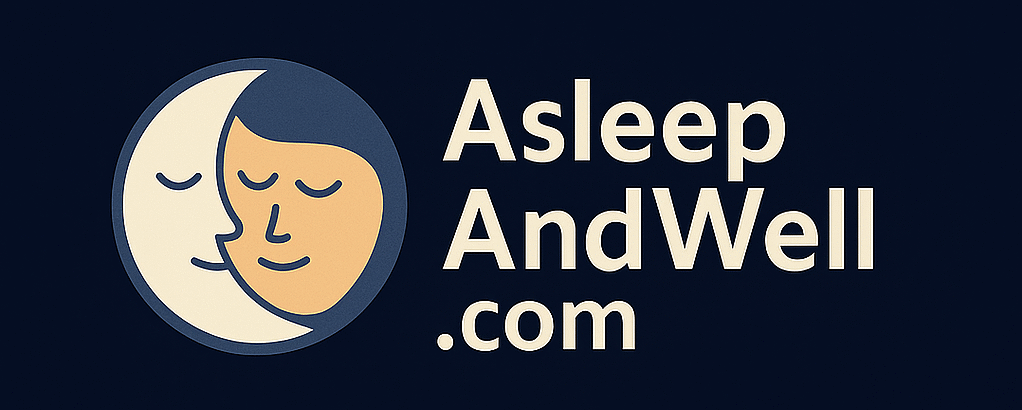🔵 How Evening Blue Light Disrupts Sleep – and What to Do About It
Blue light is a type of high-energy visible (HEV) light found naturally in sunlight and artificially in screens, LED bulbs, and electronic devices. It helps regulate our body’s internal clock, but too much exposure in the evening can send the wrong signal to your brain: “Stay awake.”
😴 How Does Blue Light Affect Sleep?
Your body’s sleep–wake cycle is governed by melatonin. This is the hormone that signals when it’s time to wind down.
Blue light suppresses melatonin production, especially in the evening.
That means scrolling through your phone before bed or working late on a laptop can delay sleep onset and reduce sleep quality.
Even small doses matter. Just 1–2 hours of evening screen exposure can:
- Delay melatonin release by up to 90 minutes
- Shift your circadian rhythm
- Shorten total sleep duration
🧪 What the Science Says
Studies confirm that blue light exposure before bed can:
- Decrease melatonin levels
- Disrupt REM sleep
- Lead to next-day fatigue, brain fog, and irritability
One 2015 Harvard study found people using e-readers at night had significantly reduced sleep quality compared to those reading printed books.
📱 Where Are We Getting Blue Light From?
It’s everywhere, and especially impactful in the evening:
- 📱 Smartphones
- 💻 Tablets and laptops
- 📺 TVs
- 💡 LED lightbulbs and smart lights
- 🧠 Gaming consoles and VR headsets
- 🕹️ Bright overhead lights in bedrooms and living spaces
✅ What You Can Do Tonight
Here’s what you can change today to reduce blue light disruption:
🔘 1. Use Night Mode on Devices
Switch on Night Shift (Apple) or Night Light (Android/Windows) to warm your screen tones after sunset.
🕶 2. Try Blue Light Blocking Glasses
Wearing amber-tinted glasses in the evening can filter out up to 90% of disruptive wavelengths.
💡 3. Adjust Your Lighting
Swap standard LEDs for red or warm amber bulbs. Avoid overhead lights close to bedtime.
📴 4. Set a Digital Curfew
Aim for at least 30–90 minutes of screen-free time before bed. Set alarms or reminders if needed.
📚 5. Do a Relaxing Wind-Down
Reading a physical book, journaling, or light stretching helps ease your brain into rest mode – screen-free.
⏳ 6. Use Smart Lighting or Dimming
Consider setting your smart bulbs to automatically dim and shift tone in the evening.
🔧 Tools & Products That Help
Looking to make changes easy? These tools can help you build healthier evening habits:
- 🔹 Blue Light Blocking Glasses – comfortable, affordable, and effective
- 🔹 Smart Bulbs with Warm Tones – automate dimming and colour temp
- 🔹 Phone & Laptop Apps – like f.lux (Windows), Twilight (Android), or Apple Night Shift
- 🔹 Red Night Lights – ideal for bathrooms or kids’ rooms
- 🔹 Physical Books or Audiobooks – replace endless scrolling
🧭 When to Get Extra Support
If you’ve already tried blue light fixes and still struggle to fall or stay asleep, it may be time to:
- Review your full sleep routine
- Speak to a GP or sleep specialist
- Explore conditions like delayed sleep phase disorder or insomnia
📝 Final Thoughts
Blue light isn’t the enemy, but mistiming it is.
Our brains evolved to use darkness as a cue to rest, and modern life has muddied that signal.
The good news? You don’t need to quit screens altogether. Even small shifts – warmer lights, screen-free time, and conscious habits – can make a noticeable difference in how quickly you fall asleep and how rested you feel.
